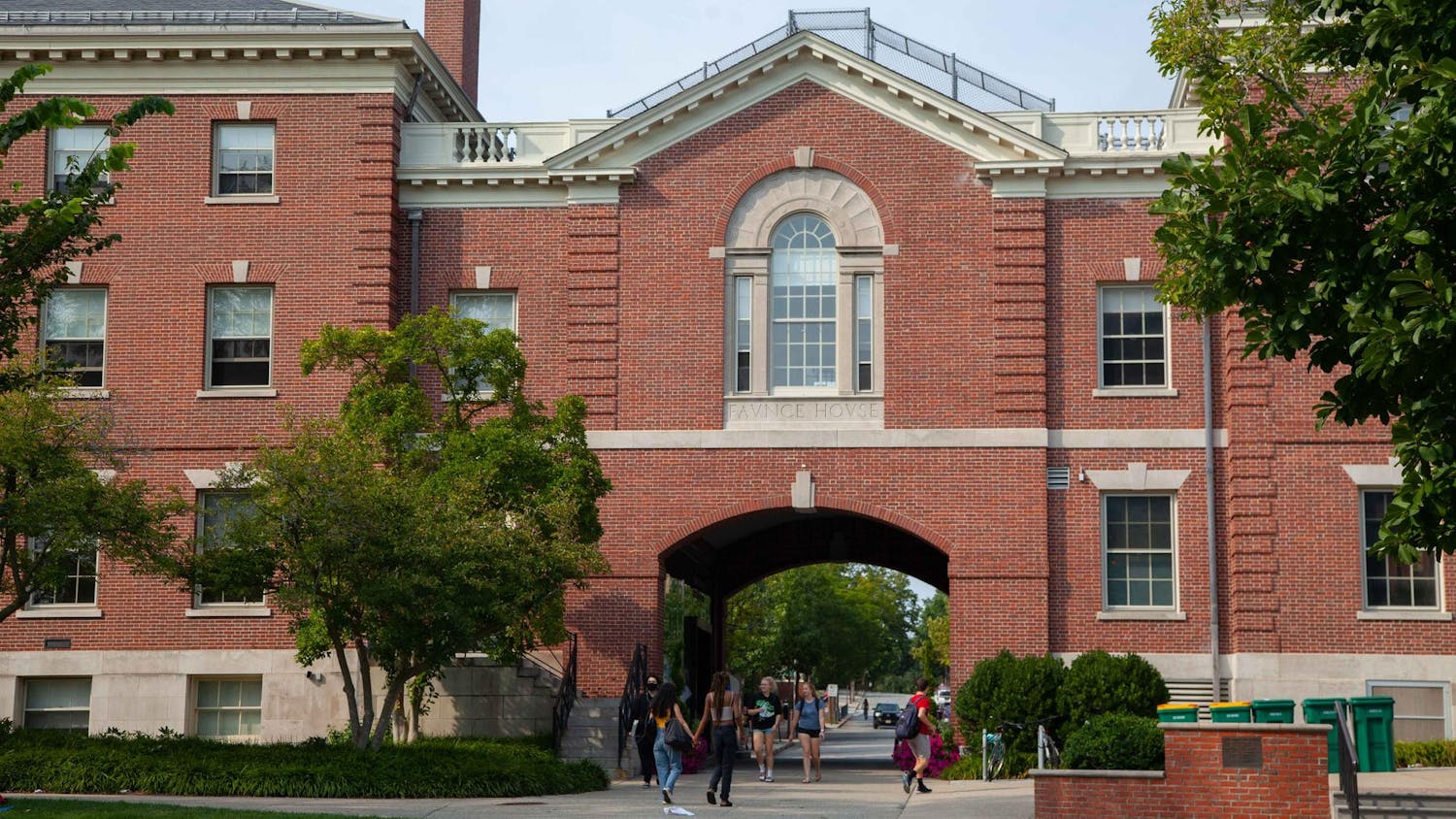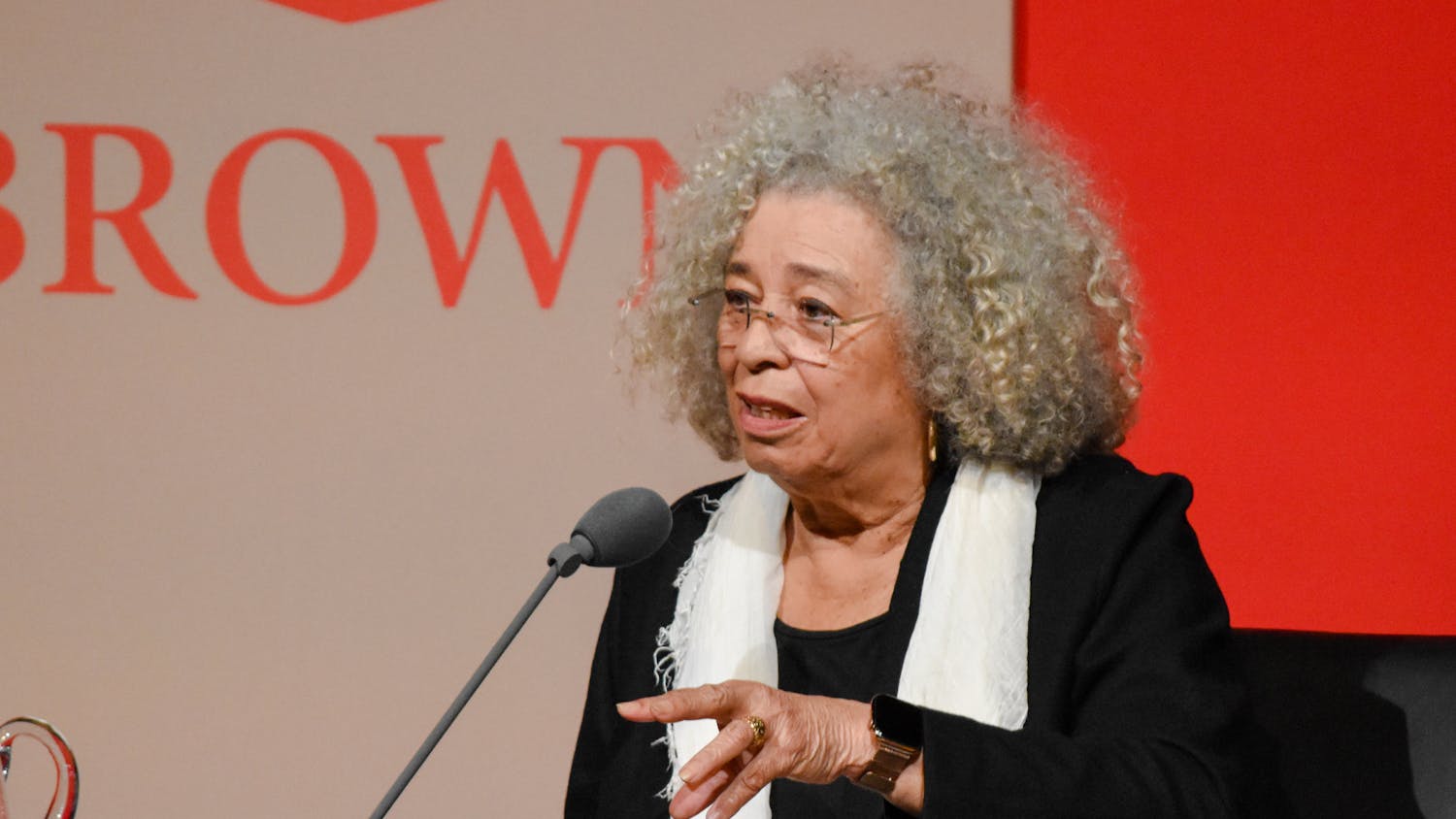India’s persistent inequality stems from the country’s focus on pure economic growth and the government’s neglect of education and health, said Amartya Sen, professor of economics and philosophy at Harvard and a 1998 Nobel laureate in economics, in a lecture Thursday afternoon.
The talk, delivered to a packed List Art 120, was part of the Watson Institute for International Studies Distinguished Speaker Series and was organized in collaboration with the Brown-India Initiative.
President Christina Paxson moderated the talk and introduced Sen as a “towering figure in his field” with an “astonishing intellectual range.” Despite knowing him for many years, she said she still finds it “a little intimidating to introduce Amartya Sen.”
Provost Mark Schlissel P’15 and Dean of the Faculty Kevin McLaughlin P’12 were also in attendance.
Sen said he is dubious that the best path is economic growth first and development second, adding that the poverty and inequality resulting from this arrangement has caused India’s growth to stagnate. India’s annual gross domestic product growth, close to 10 percent in 2007, was just 3.2 percent last year.
Growth and development should not be separate endeavors but should instead be pursued concurrently, he said.
India’s neglect of basic public services like education and health care forms “a dramatic contrast” with rapidly developing countries like China and Brazil, Sen said.
In the talk, he often returned to the comparison between India and China. China has implemented a universal health care system, while more than half of Indians live in a home without a toilet, causing widespread open defecation, he said.
A healthy labor force misses fewer days of work and promotes stronger economic growth, Sen said.
Addressing the education issue, Sen contrasted China’s near universal literacy with India’s 73 percent literacy rate, which is even lower for women.
Investments in human capital are essential for the nation’s development and economic growth, he said.
Sen said gender inequality and sex-selective abortion have also held India back.
He showed the audience a map that accompanied an article he wrote for the New York Review of Books earlier this week, called “India’s Women: The Mixed Truth.” Using the female-male birth ratio in Ireland as the standard, the map showed a clear line of demarcation: In the northern and western states of India, the female-male birth ratio falls far below Ireland’s figure, while the eastern and southern states surpass it, Sen said.
He described “gender justice” as “essential” for both development and economic growth.
Sen spoke about the media’s role in raising awareness among Indians about the country’s extensive inequality.
“One of the reasons why the inequality … is so high in India is because the public discourse has not seen how terrible their level of inequality is,” Sen said. “In order for inequality to fall, we have to recognize inequality to be a really important issue.”
“Through his own work, (Sen) essentially gave economists permission to think in a much more expansive way,” Paxson said.
ADVERTISEMENT




